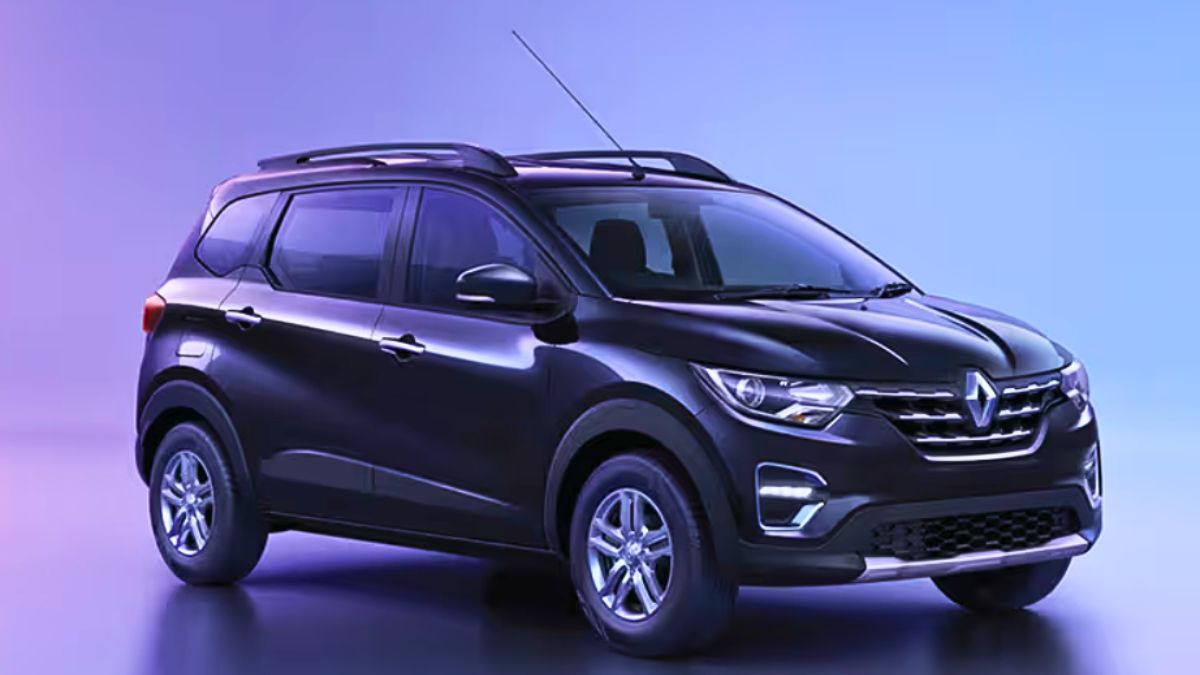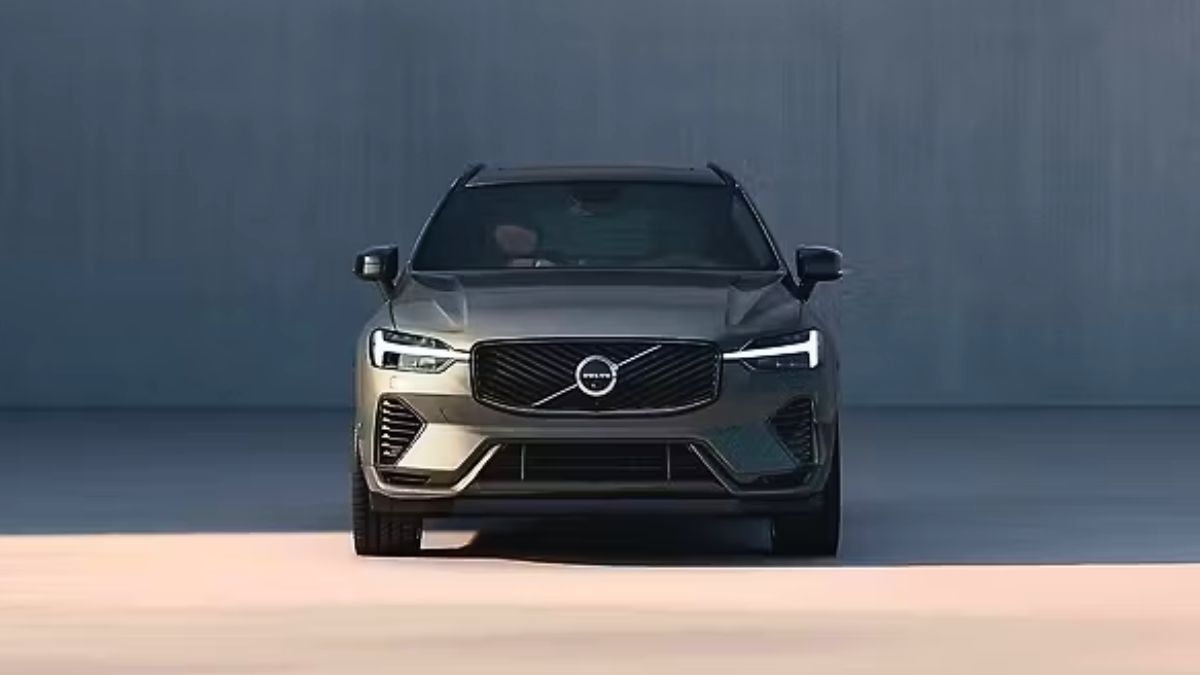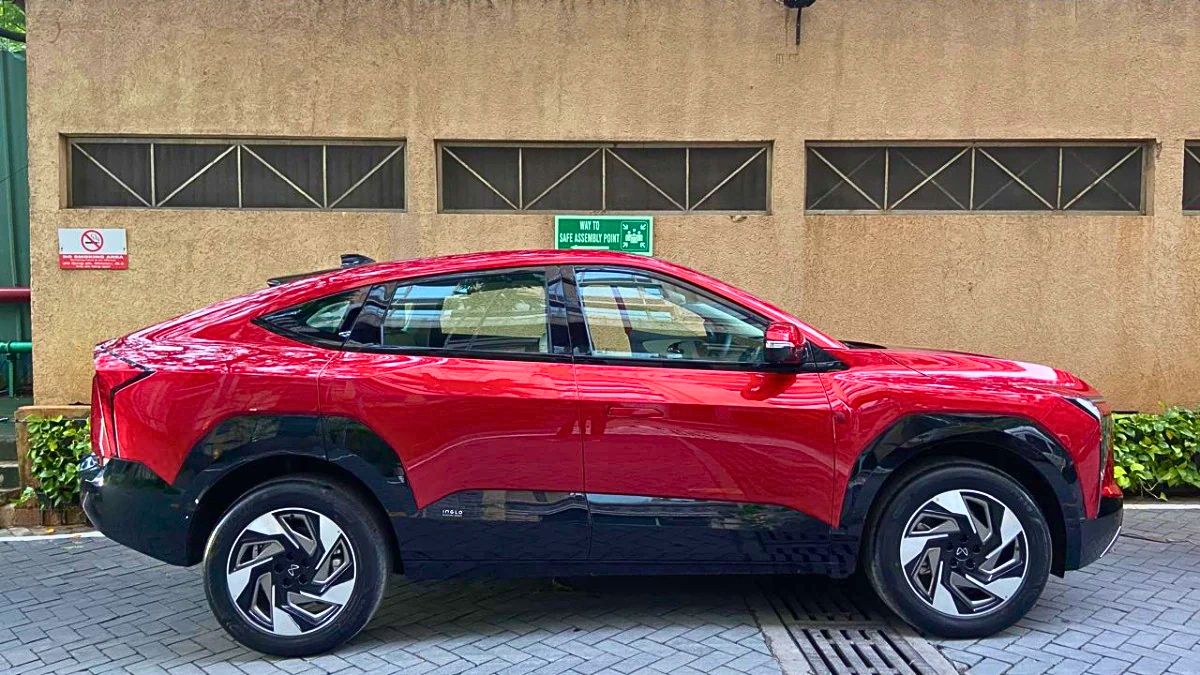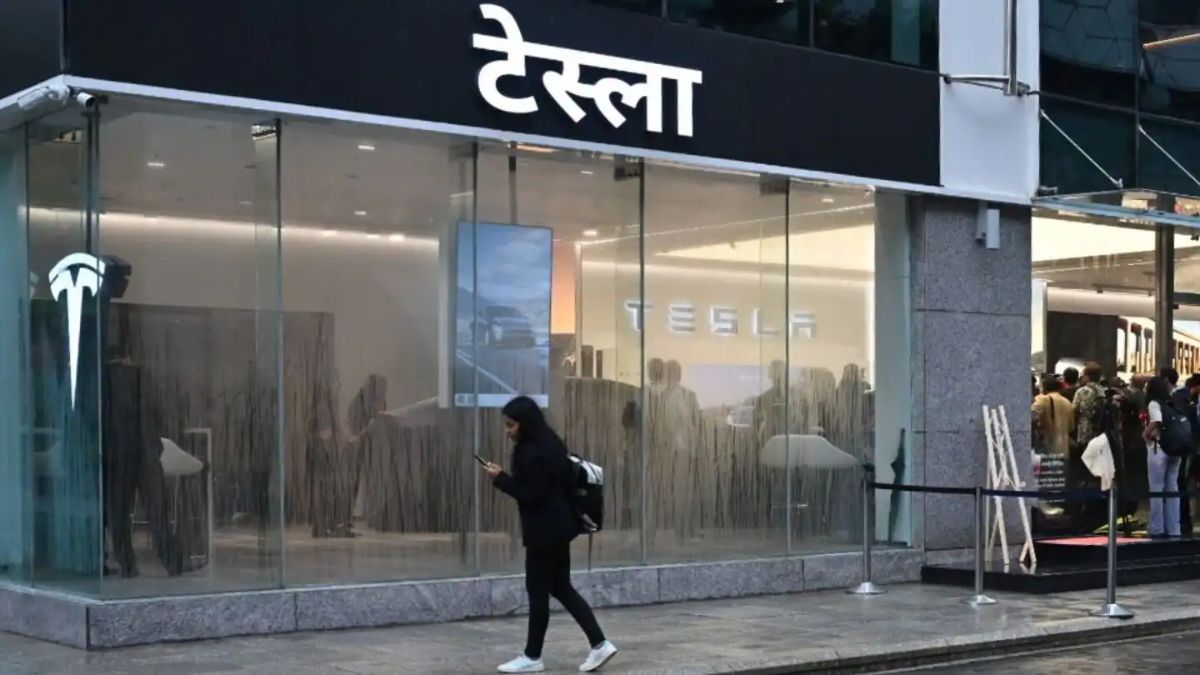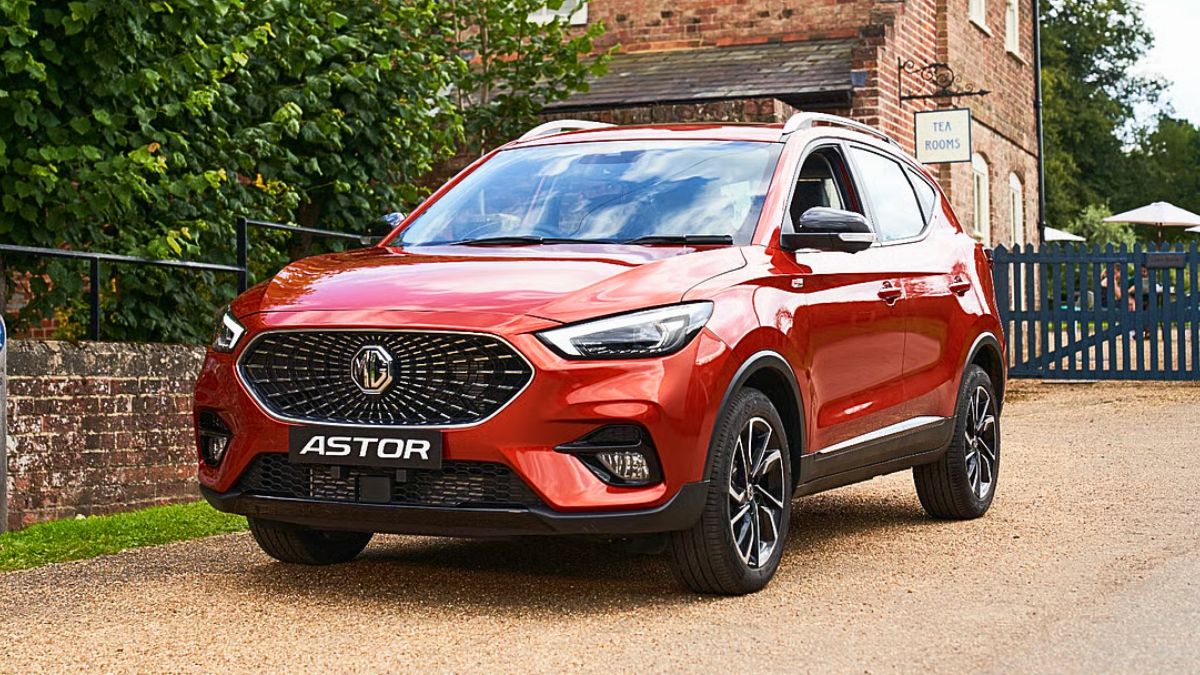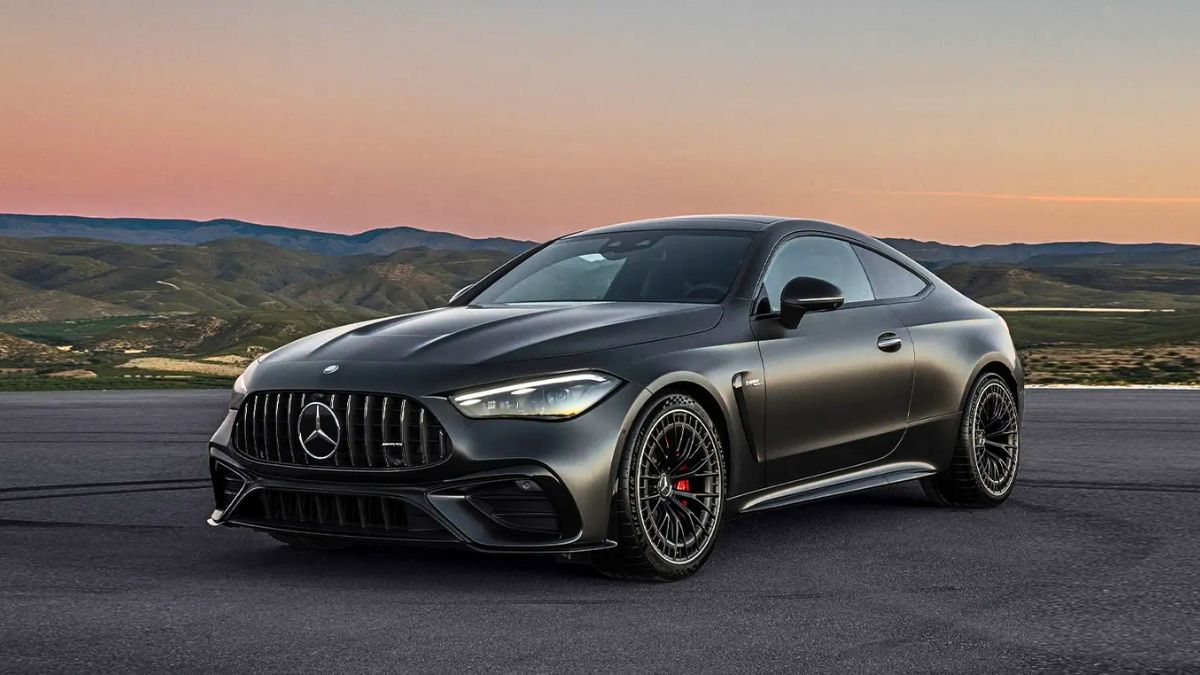Renault India has officially launched the facelifted Triber, with prices starting at Rs. 6.29 lakh (ex-showroom). It remains a strong option for buyers on a budget, offering space, practicality, and a modular cabin without breaking the bank. Even with the update, Renault has managed to keep the pricing competitive, reinforcing Triber’s reputation as a value-for-money people mover.
However, while the facelift does refresh the model slightly, it doesn’t bring everything buyers were hoping for. Several features now common in this segment continue to be missing, even in the top-spec variants. Let’s take a closer look.
Table of Contents
Alloys
Despite expectations, the Triber facelift still comes with 15-inch flex wheels rather than alloy wheels. These wheels do offer a decent look, but alloys would have added a more premium and sporty appeal. For a car competing in a segment where alloy wheels are common even in mid-variants, this omission stands out. Even just offering them on the top trims could have made a noticeable difference.
Ventilation
Another feature missing from the updated Triber is ventilated front seats. This is not unique to the Triber—none of Renault’s cars in India offer this feature as of now. While not essential for performance or safety, ventilated seats are a huge plus in a country like India, especially during the summer months. Given how common this has become in rivals, the lack of it feels like a missed opportunity.
Captain
The Triber continues to offer its unique selling point: a highly flexible and spacious cabin with modular seating. However, Renault hasn’t introduced the option of captain seats for the second row. A six-seater layout with individual chairs could have added a touch of comfort and luxury, especially for families who prioritize personal space. Unfortunately, the facelift doesn’t address this.
Infotainment
On the inside, the infotainment system remains the same eight-inch unit carried over from the previous model. While it covers the basics like smartphone connectivity, it lacks the wow factor that a larger screen or a branded music system could provide. In 2025, even entry-level models from other brands offer bigger displays and better audio setups, making the Triber’s cabin feel a bit dated in comparison.
Performance
Perhaps the biggest letdown for driving enthusiasts is under the hood. The Triber facelift still runs on the same 1.0-litre naturally aspirated petrol engine that produces 71bhp and 96Nm of torque. Despite speculation, Renault did not introduce the more powerful 1.0-litre turbo-petrol engine that’s available in the Kiger. This means performance remains unchanged—adequate for city drives but lacking punch on highways or with a full load.
Here’s a quick comparison of what’s missing:
| Feature | Status in Triber Facelift |
|---|---|
| Alloy Wheels | Not Available |
| Ventilated Seats | Not Available |
| Captain Seats | Not Available |
| Bigger Infotainment | Retains 8-inch unit |
| Turbo-Petrol Engine | Not Introduced |
Despite these missing features, the Triber still holds value as a practical family vehicle with flexible seating and accessible pricing. But for buyers seeking more premium features or better performance, these omissions might be deal-breakers. Hopefully, Renault addresses these gaps in future updates.
FAQs
Does the Triber facelift have alloy wheels?
No, it still comes with 15-inch flex wheels.
Is there a turbo engine in the new Triber?
No, it continues with the 1.0L NA petrol engine.
Does Triber now have captain seats?
No, captain seat option is still not available.
Is the infotainment system upgraded?
No, it retains the same 8-inch screen.
Are ventilated seats offered now?
No, ventilated seats are still missing.
